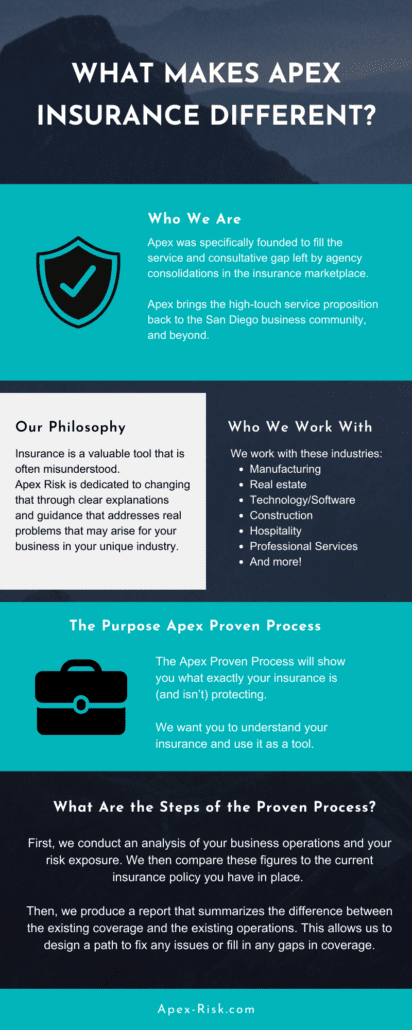The 30-Second Trick For Pacific Prime
The 30-Second Trick For Pacific Prime
Blog Article
The Buzz on Pacific Prime
Table of ContentsThe Buzz on Pacific PrimePacific Prime Things To Know Before You Get ThisThe Definitive Guide for Pacific PrimeHow Pacific Prime can Save You Time, Stress, and Money.10 Easy Facts About Pacific Prime Shown

This is since the information were gathered for a period of strong economic performance. Of the approximated 42 million individuals who were uninsured, all however about 420,000 (about 1 percent) were under 65 years of age, the age at which most Americans come to be qualified for Medicare; 32 million were adults between ages 18 and 65, about 19 percent of all adults in this age; and 10 million were children under 18 years old, about 13.9 percent of all youngsters (Mills, 2000).
These estimates of the number of individuals uninsured are generated from the annual March Supplement to the Present Populace Survey (CPS), performed by the Census Bureau. Unless or else kept in mind, nationwide estimates of individuals without health and wellness insurance coverage and percentages of the population with various type of protection are based on the CPS, one of the most extensively made use of resource of estimates of insurance protection and uninsurance prices.
Pacific Prime Things To Know Before You Get This

Still, the CPS is especially useful because it generates yearly quotes reasonably rapidly, reporting the previous year's insurance policy protection estimates each September, and since it is the basis for a consistent collection of price quotes for even more than two decades, enabling analysis of trends in coverage with time. For these reasons, in addition to the comprehensive use the CPS in various other researches of insurance policy protection that are offered in this record, we count on CPS estimates, with restrictions noted.

The estimate of the number of uninsured individuals expands when a population's insurance coverage standing is tracked for numerous years. Over a three-year duration beginning early in 1993, 72 million individuals, 29 percent of the united state population, were without protection for at the very least one month. Within a single year (1994 ), 53 million individuals experienced at the very least a month without protection (Bennefield, 1998a)
6 out of every ten without insurance grownups are themselves utilized. Working does enhance the chance that one and one's household participants will certainly have insurance policy, it is not a guarantee. Even participants of families with 2 permanent breadwinner have virtually a one-in-ten possibility of being without insurance (9.1 percent without insurance price) (Hoffman and Pohl, 2000).
An Unbiased View of Pacific Prime
New immigrants account for a considerable percentage of people without wellness insurance policy. One evaluation has actually associated a substantial section of the current growth in the dimension of the U.S. uninsured populace to immigrants that arrived in the country in see this site between 1994 and 1998 (Camarota and Edwards, 2000). Recent immigrants (those that came to the United States within the previous four years) do have a high price of being uninsured (46 percent), yet they and their youngsters make up just 6 percent of those without insurance coverage nationally (Holahan et al., 2001).
The connection in between health and wellness insurance policy and accessibility to care is well established, as recorded later in this chapter. The partnership in between health insurance and health outcomes is neither straight nor easy, a considerable scientific and health services research study literature web links health and wellness insurance policy coverage to improved access to care, far better quality, and enhanced individual and population wellness condition.
Levels of evaluation for analyzing the results of uninsurance. This discussion of medical insurance protection focuses largely on the united state populace under age 65 because practically all Americans 65 and older have Medicare or other public protection. It concentrates especially on those without any wellness insurance for any type of length of time.
Unknown Facts About Pacific Prime
The problems faced by the underinsured are in some areas comparable to those faced by the uninsured, although they are typically less extreme. Wellness insurance, nevertheless, is neither required neither enough to obtain access to clinical services. The independent and direct impact of health and wellness insurance protection on access to health and wellness services is well established.
Others will certainly acquire the wellness care they require even without health and wellness insurance policy, by paying for it out of pocket or seeking it from providers that supply care complimentary or at extremely subsidized rates. For still others, medical insurance alone does not make certain invoice of treatment due to other nonfinancial obstacles, such as a lack of healthcare providers in their neighborhood, limited accessibility to transportation, illiteracy, or etymological and cultural differences.
See This Report on Pacific Prime
Formal research study about uninsured populaces in the USA dates to the late 1920s and early 1930s when the Board on the Price of Medical Care created a series of records concerning funding physician workplace check outs and hospitalizations. This issue ended up being prominent as the numbers of clinically indigent climbed up during the Great Clinical depression.
Report this page